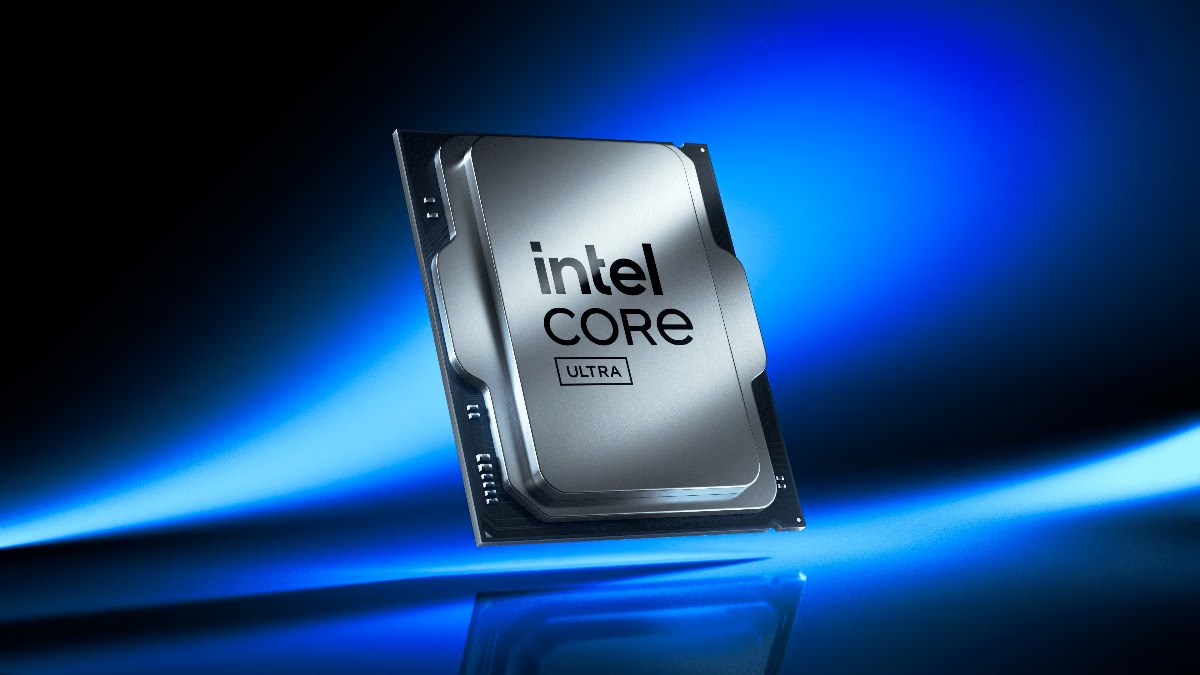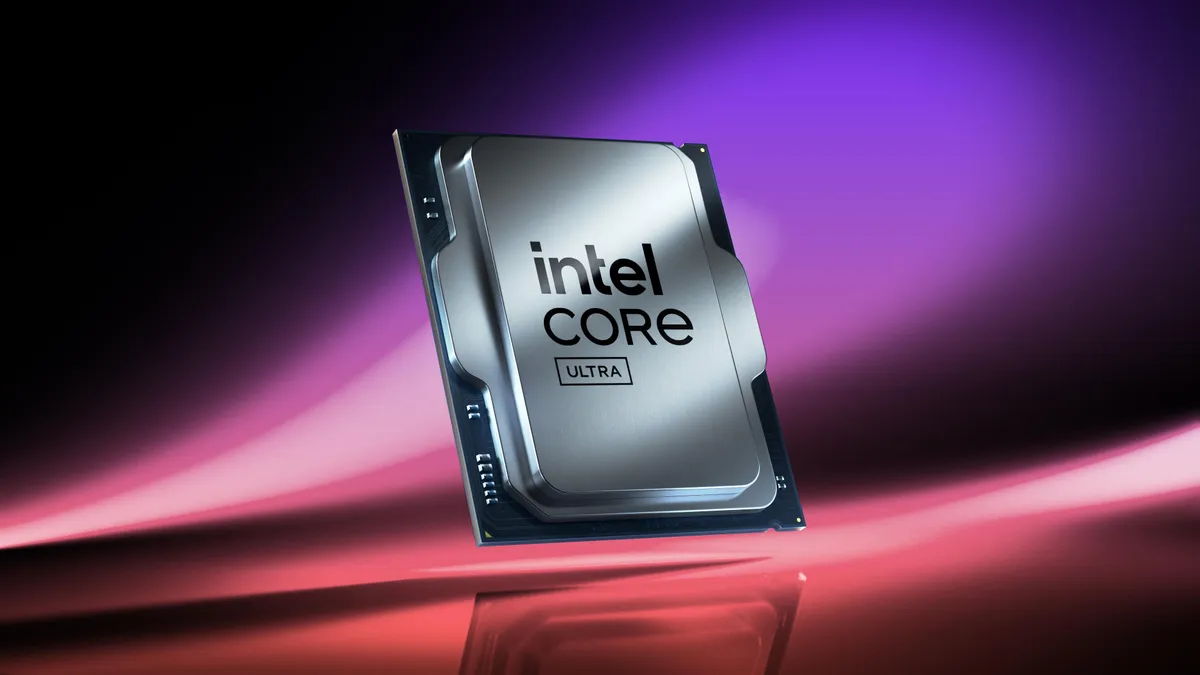In a significant leap forward for PC gaming enthusiasts, Intel has unveiled its latest flagship CPUs, the Core Ultra 200S series, set to hit the market on October 24th. These cutting-edge processors, codenamed Arrow Lake S, promise to deliver unparalleled performance while dramatically reducing power consumption and heat generation. With the introduction of a built-in neural processing unit (NPU), Intel is not just stepping up its game but redefining the landscape of gaming technology.

A New Era of Efficiency and Performance
Intel’s latest innovation comes as a response to the growing demand for more efficient and cooler-running CPUs. According to Josh Newman, Intel’s general manager and VP of product marketing for client computing,
“Arrow Lake will deliver Intel’s best performance for enthusiasts in desktop and mobile. It will deliver that performance at significantly lower power levels than previous generations of Intel enthusiast products.”
This means gamers can expect a powerful performance without the typical energy drain and thermal issues associated with high-performance CPUs.
The new Core Ultra 200S series marks a notable departure from its predecessors, which were often criticized for their power-hungry nature. As Robert Hallock, vice president of Intel’s client computing group, states,
“You’ll see about half the power consumption at the desktop.”
This dramatic decrease in power draw translates to improved efficiency during everyday tasks and gaming, making these CPUs a compelling choice for gamers and content creators alike.
Performance That Speaks Volumes
Intel’s focus on performance-per-watt shines through in the specs of the flagship Core Ultra 9 285K. In side-by-side testing, this new processor demonstrated its capabilities by running Assassin’s Creed Mirage at a significantly reduced power level compared to the current Core i9-14900K. The Ultra 9 285K delivered similar, if not superior, performance at 80 watts less power, with notable reductions in power consumption in popular titles like Call of Duty: Modern Warfare III and F1 24.
What sets the Core Ultra 9 285K apart is its architecture, featuring 24 cores and a boost clock of 5.7GHz. Intel has refined its design by eliminating hyperthreading to enhance power efficiency, resulting in improved single-threaded performance by approximately 8% and 15% in multi-threaded tasks when compared to the 14900K.
“We knew we could save the wattage for hyperthreading by not including it,”
Hallock explains, highlighting Intel’s commitment to energy efficiency without compromising performance.

Gaming Performance: A Competitive Edge
While Intel has positioned its new processors as a formidable option for gamers, comparisons with AMD’s flagship offerings reveal a mixed picture. In terms of gaming performance, Intel’s Core Ultra 9 285K may lag slightly behind AMD’s Ryzen 9 7950X3D. Hallock candidly acknowledges,
“I think we’ll be about five percent back versus X3D parts.”
Despite this, Intel maintains that it will hold the performance crown for creator and AI tasks, thanks in part to the NPU integrated into the Ultra 9 285K, designed to accelerate specific AI workloads.
However, the NPU’s capabilities are somewhat limited, offering 13 TOPS, which falls short of the 40 TOPS required for Microsoft’s Copilot Plus features.
“It was fully possible to put a 40 TOPS NPU on this product, but to do so would require shrinking core count or changing GPU core count,”
Hallock states, underscoring Intel’s strategy of prioritizing core performance over AI capabilities for this generation.
The New Motherboard and Socket Landscape
The arrival of the Core Ultra 200S series brings with it the new LGA-1851 socket, necessitating new motherboards for compatibility. The Z890 chipset, designed to support these processors, features impressive specifications, including up to 24 PCIe 4.0 lanes and support for a total of 48 PCIe lanes, with up to 20 of those being Gen 5. The platform also offers extensive connectivity options, including integrated Wi-Fi 6E, Bluetooth 5.3, and support for multiple Thunderbolt 4 ports, ensuring that users can take full advantage of modern peripherals and high-speed data transfer.
Intel has also made strides in memory support, dropping DDR4 compatibility in favor of faster DDR5-6400, with support for up to 192GB. The enhancements in memory performance, coupled with secure hardware engines, further solidify Intel’s commitment to a robust and forward-looking platform.

With the launch of the Core Ultra 200S series, Intel appears poised to regain its footing in the competitive CPU market, particularly among gaming enthusiasts. While there are areas where it trails behind AMD, the advancements in power efficiency and the introduction of innovative features like the NPU represent a significant step forward. Intel’s transparency regarding performance expectations and its focus on the enthusiast market reflect a deeper understanding of user needs in a rapidly evolving technological landscape.
The Core Ultra 200S CPUs will officially launch on October 24th, with the flagship Ultra 9 285K priced at $589. As Intel continues to address the challenges posed by its previous generations, gamers and creators alike will be keenly watching how these new processors perform in the real world, hoping that the promises made today translate into unparalleled performance tomorrow.










